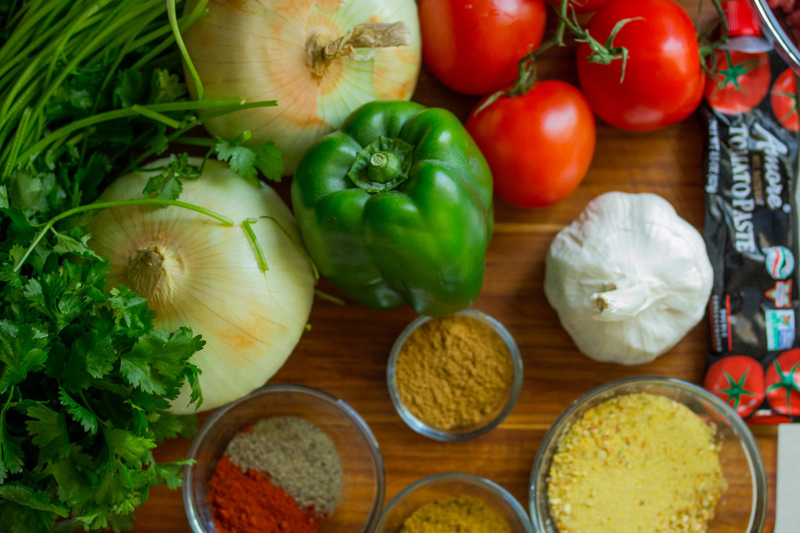Tiramisù Recipe

Tiramisù is probably the most famous and popular Italian dessert. “Tirami suʹ” in Italian means “lift me up”, and the reason of such name is that this sweet delight can really give a shot of energy. The original recipe is in fact a simple but "vigorous" combination of zabaglione cream, espresso coffee, mascarpone cheese, Savoiardi cookies, also known as Ladyfingers, and cocoa powder. My only addition is egg whites, beaten and folded into the zabaglione and mascarpone cream for a lighter and even fluffier result.
Tiramisù was created around 1971 in a famous restaurant called Alle Beccherie in Treviso, not too far from Venice, where it is still prepared according to the old recipe. A number of Tiramisù recipe variations have been created, especially in the United States, in which Marsala wine or Rum is added to the zabaglione, sponge cake replaces the ladyfingers and even whipped cream or cream cheese is found added to the mascarpone. They are all good, but I prefer the original Tiramisù recipe, uncomplicated and naturally rich in flavor, according to the simple concepts of the Italian cuisine.
In Italy – and in my kitchen – Tiramisù is prepared with raw eggs. I use only fresh, properly refrigerated eggs, with unbroken and clean shell (I actually wash them!). However, if concerned with the risk of salmonella or other harmful bacteria, besides recommending eggs that come from a known and reliable source, I suggest pasteurized shell eggs.
Ingredients and Instructions (serves 6-8)
Note: Adding a couple of tablespoons of brandy, rum or whiskey to the espresso coffee will definitely give a very nice flavor and some extra oomph to the Tiramisù. However, avoid if serving to children, elderly people or pregnant women. In such case, imitation brandy flavor is a good substitute.
Buon appetito!
Raw Eggs Note: When a recipe calls for raw or undercooked eggs at the moment of serving the actual dish, I use only fresh, properly refrigerated eggs, with unbroken and clean shell (I actually wash them). However, if concerned with the risk of salmonella or other harmful bacteria, besides using eggs from a known and reliable source, I suggest pasteurized shell eggs.
Tiramisù was created around 1971 in a famous restaurant called Alle Beccherie in Treviso, not too far from Venice, where it is still prepared according to the old recipe. A number of Tiramisù recipe variations have been created, especially in the United States, in which Marsala wine or Rum is added to the zabaglione, sponge cake replaces the ladyfingers and even whipped cream or cream cheese is found added to the mascarpone. They are all good, but I prefer the original Tiramisù recipe, uncomplicated and naturally rich in flavor, according to the simple concepts of the Italian cuisine.
In Italy – and in my kitchen – Tiramisù is prepared with raw eggs. I use only fresh, properly refrigerated eggs, with unbroken and clean shell (I actually wash them!). However, if concerned with the risk of salmonella or other harmful bacteria, besides recommending eggs that come from a known and reliable source, I suggest pasteurized shell eggs.
Ingredients and Instructions (serves 6-8)
- 4 large eggs
- 4 tablespoons of granulated sugar
- 1 pound (450 g.)mascarpone cheese, at room temperature
- 1 1/2 cups of espresso coffee, at room temperature
- 2 dozens of Savoiardi or Ladyfingers
- 2 tablespoons of cocoa powder
- Pour the espresso coffee in a shallow dish and, while still hot, dissolve in it half of the sugar. Set aside to cool off.
- Separate the yolks from the whites in 2 different mixing bowls.
- Add the sugar to the yolks and, preferably using an electric mixer with a whisk attachment, beat for about 5 minutes, until the mixture turns thick and pale yellow.
- Add the mascarpone cheese and beat for another minute, until smooth.
- Beat the egg whites to stiff peaks.
- Few spoonfuls at a time, gently fold the beaten egg whites into the yolks and sugar cream, until blended.
- By now, the coffee should be at room temperature; one at a time, dip half of the ladyfinger in it, but only for a few seconds (if soaked for too long, they can break apart).
- Lay the ladyfingers on the bottom of a rectangular glass or ceramic baking pan, about 13 x 9 inches.
- Use half of the eggs and mascarpone mix and spread it uniformly over the ladyfingers with a spatula.
- Dip the other half of the ladyfingers in the coffee and make a second layer over the mascarpone.
- Spread and even out the remaining eggs and mascarpone cream over the top.
- Cover with plastic wrap and refrigerate for at least 3 hours.
- Dust generously with the cocoa powder before serving.
Note: Adding a couple of tablespoons of brandy, rum or whiskey to the espresso coffee will definitely give a very nice flavor and some extra oomph to the Tiramisù. However, avoid if serving to children, elderly people or pregnant women. In such case, imitation brandy flavor is a good substitute.
Buon appetito!
Raw Eggs Note: When a recipe calls for raw or undercooked eggs at the moment of serving the actual dish, I use only fresh, properly refrigerated eggs, with unbroken and clean shell (I actually wash them). However, if concerned with the risk of salmonella or other harmful bacteria, besides using eggs from a known and reliable source, I suggest pasteurized shell eggs.
 Simple Delicious Italian Recipe is the perfect cookbook for any Italian food lover.
Simple Delicious Italian Recipe is the perfect cookbook for any Italian food lover.
Buy and download your copy today from the BellaOnline eBook page.
You Should Also Read:
Cannoli Siciliani Recipe
Italian Easter Pie Recipe - Pastiera Napoletana
Frappe & Castagnole, Italian Carnival Fritters

Related Articles
Editor's Picks Articles
Top Ten Articles
Previous Features
Site Map
Content copyright © 2023 by Cinzia Aversa. All rights reserved.
This content was written by Cinzia Aversa. If you wish to use this content in any manner, you need written permission. Contact Cinzia Aversa for details.


